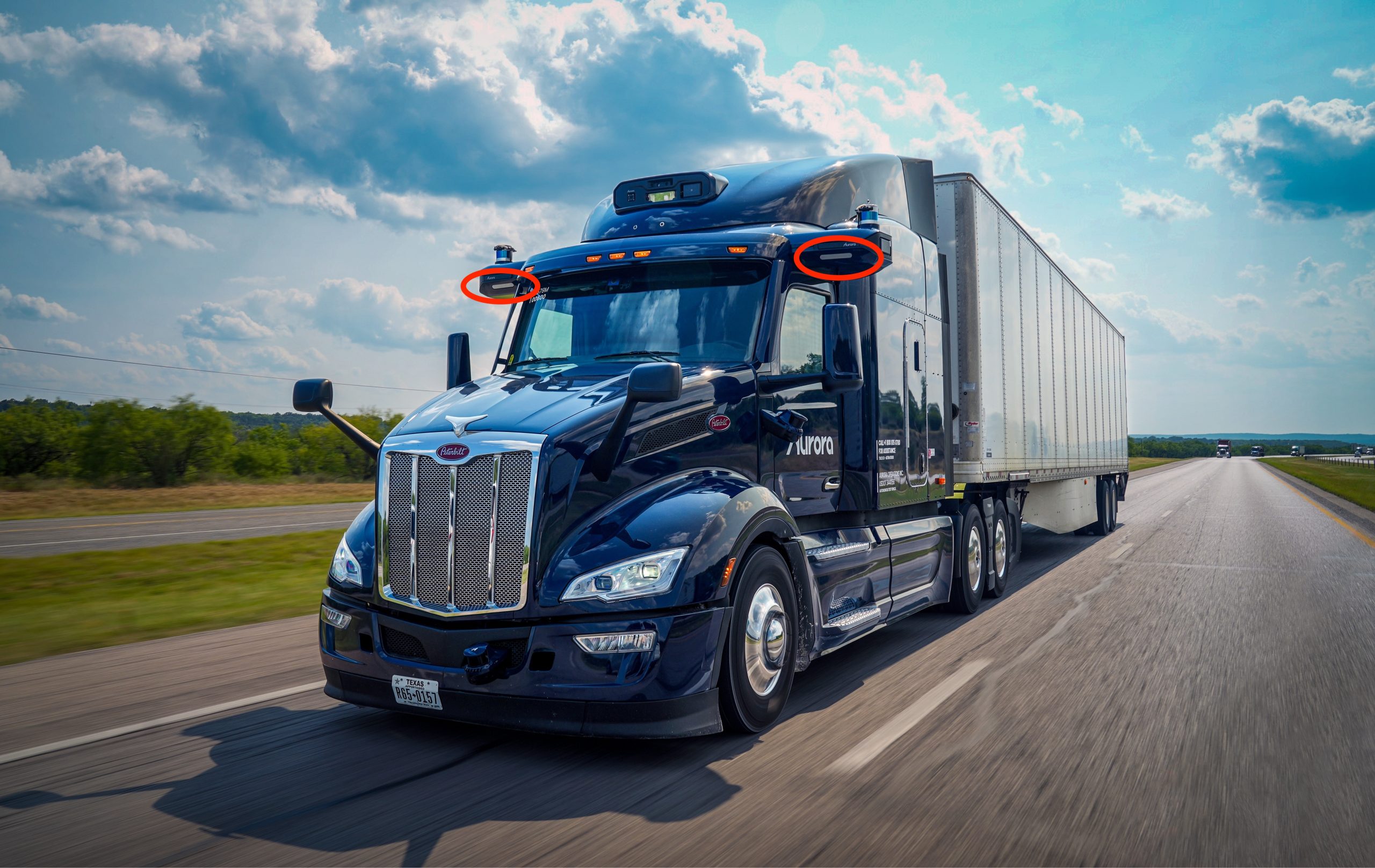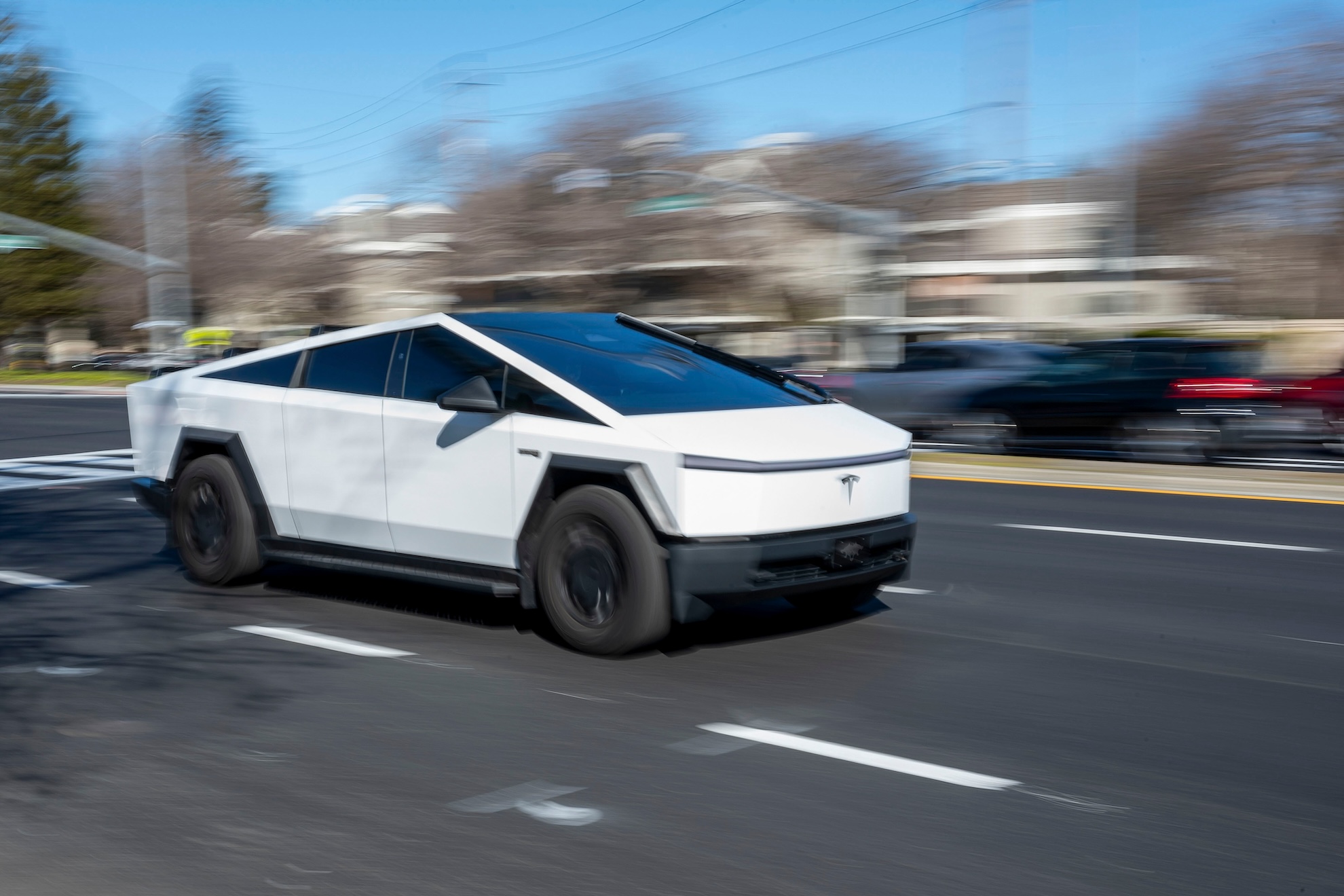
Aurora Innovation, a prominent developer of autonomous vehicle technology, has announced a significant expansion of its commercial operations, launching a 600-mile driverless truck route connecting Fort Worth and El Paso. This strategic move marks the company’s second autonomous freight corridor and underscores its rapid progress, following the recent achievement of over 100,000 driverless miles logged on public roadways with its self-driving truck fleet. This milestone positions Aurora as a leading contender in the burgeoning autonomous logistics sector, building upon its successful initial commercial service and signaling a pivotal advancement in the deployment of driverless long-haul transportation.
The Texas Triangle and Beyond: A Strategic Expansion
The new Fort Worth-to-El Paso route is not merely an extension but a critical link within the vast Texas transportation network, a state that has emerged as a crucial proving ground for autonomous technology due to its expansive highways, significant freight volume, and supportive regulatory environment. This 600-mile journey will allow autonomous trucks to traverse a substantial portion of the state, connecting a key distribution hub in North Texas with the vital border city of El Paso. El Paso serves as an indispensable gateway for trade with Mexico, processing immense volumes of goods daily and acting as a central node in cross-border commerce, making this route particularly attractive to carriers like Hirschbach Motor Lines and Russell Transport, who are already customers on the new corridor.
Aurora’s initial commercial deployment commenced earlier this year, establishing a robust corridor between Dallas and Houston, a route that also leverages the dense freight activity within what is often referred to as the "Texas Triangle"—the economic powerhouse formed by Dallas-Fort Worth, Houston, and San Antonio. This region is characterized by high freight density and relatively straightforward highway driving conditions, making it an ideal environment for the early stages of autonomous truck deployment. The company’s ambitious roadmap includes further expansion, targeting the integration of Phoenix, Arizona, into its autonomous network by the close of the current year. This planned expansion would thereby create a crucial East-West autonomous freight artery, demonstrating a scalable approach to building out a national driverless logistics grid. The ability to complete such long hauls without human intervention addresses a key pain point for carriers, who often struggle with the logistical challenges of managing drivers for extended, multi-day journeys.
Addressing Industry Imperatives: Why Autonomous Trucks?
The impetus for developing self-driving commercial vehicles stems from a confluence of persistent challenges facing the traditional trucking industry. A significant and well-documented shortage of qualified truck drivers continues to plague the sector, exacerbating supply chain vulnerabilities and increasing operational costs for carriers. This deficit is projected to worsen in the coming years, creating an urgent demand for innovative solutions. Human drivers are also subject to strict hours-of-service regulations, limiting continuous operation to approximately 11 hours per day and necessitating mandatory rest stops, which can extend delivery times and add to labor costs.
Autonomous trucks, by contrast, offer the potential for round-the-clock operation, maintaining consistent speeds and potentially improving fuel efficiency through optimized driving patterns. This ability to operate continuously, unimpeded by human fatigue or regulatory rest requirements, presents a compelling value proposition for logistics companies seeking to enhance efficiency, predictability, and reliability. Furthermore, autonomous systems hold the promise of significantly improving road safety. While human error accounts for a vast majority of truck-related accidents, self-driving systems are designed to operate with consistent vigilance, reacting faster and more reliably to hazardous situations. The adoption of autonomous technology could fundamentally reshape how goods are transported across long distances, offering a scalable and sustainable solution to these longstanding industry bottlenecks.
Technological Evolution: The Aurora Driver’s Edge
At the heart of Aurora’s strategy is its proprietary Aurora Driver technology, a sophisticated stack of hardware and software designed for safe and reliable autonomous operation. The company is actively integrating its next-generation hardware into Volvo VNL Autonomous trucks, a collaborative effort with manufacturing partner Fabrinet. This advanced hardware promises enhanced durability and superior performance, all while achieving a significant cost reduction—reportedly by half compared to its predecessors.
Key technological improvements include a new generation of lidar sensors capable of detecting objects up to 1,000 meters away, effectively doubling the range of current systems. Lidar, which uses pulsed laser light to measure distances, provides a high-resolution 3D map of the environment. This is complemented by an array of cameras, radar sensors, and ultrasonic sensors, all working in concert to create a comprehensive perception system that can operate effectively in varying light and weather conditions. Additionally, advancements in sensor cleaning mechanisms are expected to bolster operational reliability, ensuring the sensors remain clear and functional even in adverse weather conditions like rain, snow, or dust.
Nils Jaeger, President of Volvo Autonomous Solutions, emphasized the significance of this partnership, highlighting the transition from prototypes to scalable solutions capable of meeting modern supply chain demands. This collaboration with a major truck manufacturer like Volvo is critical for integrating autonomous technology seamlessly into purpose-built vehicles, ensuring optimal performance and safety from the ground up. Looking further ahead, Aurora is collaborating with Aumovio, formerly Continental, on a suite of higher-volume hardware slated for production in 2027. This long-term partnership aims for even greater scale, with plans to deploy "tens of thousands" of self-driving trucks once this manufacturing agreement fully commences, underscoring the company’s vision for mass adoption.
A Historical Arc: From Research Labs to Commercial Highways
The journey towards autonomous vehicles has been a multi-decade endeavor, evolving from conceptual research to practical application. Early milestones include the DARPA Grand Challenges in the mid-2000s, which spurred significant advancements in robotic perception, navigation, and decision-making algorithms. These competitions demonstrated the feasibility of self-driving technology in controlled environments and attracted some of the brightest minds to the field.
Initially, much of the public and investor focus centered on autonomous passenger cars for urban environments, championed by companies like Waymo and Cruise. However, the complexities of navigating dynamic cityscapes, with their unpredictable pedestrians, varied traffic laws, and dense infrastructure, coupled with stringent safety concerns and regulatory hurdles, have led many companies to pivot or prioritize long-haul trucking. Highways, with their relatively predictable environments, consistent lane markings, and fewer unexpected obstacles compared to urban streets, offer a more manageable domain for early autonomous deployment. The "hub-to-hub" model, where autonomous trucks handle the highway stretches between logistics centers, avoids the most challenging urban driving scenarios. Companies like Aurora, alongside peers such as TuSimple and Kodiak Robotics, have focused their efforts on this segment, recognizing its immediate commercial viability and the pressing need for innovation within the freight sector. This strategic focus has accelerated the development and deployment of robust, highway-capable autonomous systems, bringing the vision of driverless freight closer to reality.
Market Dynamics and Societal Implications
The advent of autonomous trucking carries profound implications for market dynamics and societal structures. Economically, the potential for reduced operational costs, particularly labor expenses, could translate into lower shipping rates, benefiting consumers and businesses alike through decreased logistics costs and potentially lower prices for goods. Enhanced efficiency and predictability in logistics could also significantly strengthen supply chain resilience, a critical concern highlighted by recent global disruptions and unforeseen events. The ability to move goods more rapidly and consistently could revolutionize just-in-time inventory management and e-commerce delivery timelines.
Socially, the widespread adoption of driverless trucks prompts important discussions about workforce transformation. While the traditional role of long-haul human drivers may evolve, new jobs are likely to emerge in areas such as remote monitoring and assistance for autonomous operations, specialized maintenance for complex autonomous systems, local "first mile" and "last mile" logistics, and infrastructure support for autonomous hubs. There will also be a need for retraining programs to equip existing drivers with new skills, ensuring a smoother transition for the workforce. The cultural impact will involve a gradual shift in public perception, moving from skepticism and apprehension to acceptance as safety records are established and the technology becomes more commonplace. This acceptance is crucial for the successful integration of autonomous vehicles into daily life. Regulatory bodies, meanwhile, face the complex task of harmonizing laws across states and establishing clear safety standards to foster public trust and enable scalable deployment.
The Regulatory and Public Acceptance Landscape
Despite rapid technological advancements, the path to widespread autonomous truck deployment is not without its obstacles. A fragmented regulatory landscape across different U.S. states presents a significant challenge. While some states, like Texas, Arizona, and Florida, have adopted progressive stances towards autonomous vehicle testing and operation, a lack of a unified federal framework can complicate interstate operations and create legal ambiguities. Developers and industry stakeholders advocate for clearer, consistent regulations that ensure safety without stifling innovation, providing a predictable environment for investment and deployment.
Public acceptance also remains a crucial factor. Incidents involving autonomous vehicles, though rare, often attract considerable media attention, shaping public perception and sometimes fueling apprehension. Building trust requires transparent communication about system capabilities and limitations, a demonstrated commitment to safety through rigorous testing and validation, and a track record of reliable performance. Companies like Aurora are employing a phased approach, initially operating with human safety drivers onboard to monitor and intervene if necessary, gradually transitioning to fully driverless operations as their systems prove their robustness and reliability in diverse conditions. This careful, incremental approach is designed to build confidence among regulators, customers, and the public.
Paving the Way for a Transformed Logistics Future
Aurora’s expansion into the Fort Worth-to-El Paso corridor, coupled with its technological advancements and strategic partnerships, signifies a critical step towards a future where autonomous trucks are an integral part of global supply chains. The company’s vision centers on a "hub-to-hub" model, where self-driving trucks efficiently handle the long, monotonous highway stretches, with human drivers or local autonomous vehicles managing the "first mile" and "last mile" logistics within urban areas. This integrated approach aims to optimize the entire freight ecosystem by leveraging the strengths of both human and autonomous capabilities.
As the technology matures and regulatory clarity emerges, the industry anticipates further innovations, such as autonomous platooning, where multiple trucks travel in close formation, potentially enhancing fuel efficiency through reduced aerodynamic drag and increasing road capacity. The widespread adoption of autonomous trucks promises not only significant economic benefits through reduced costs and increased efficiency but also a safer, more predictable, and more sustainable freight transportation system. Aurora, with its current trajectory and strategic expansions, is positioning itself as a key architect of this evolving landscape, driving the transformation of commercial transportation one driverless mile at a time.





